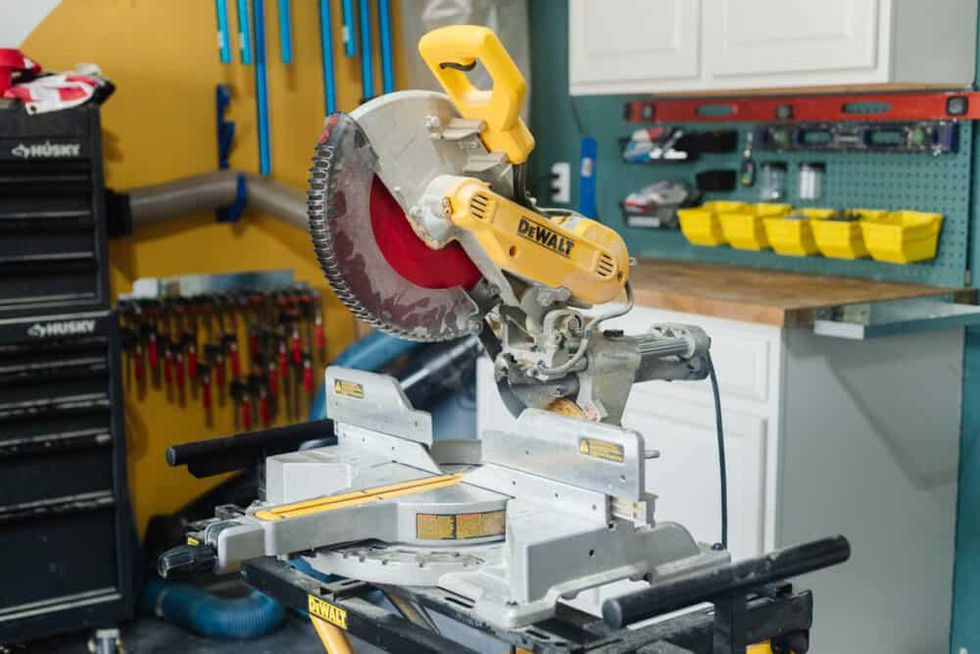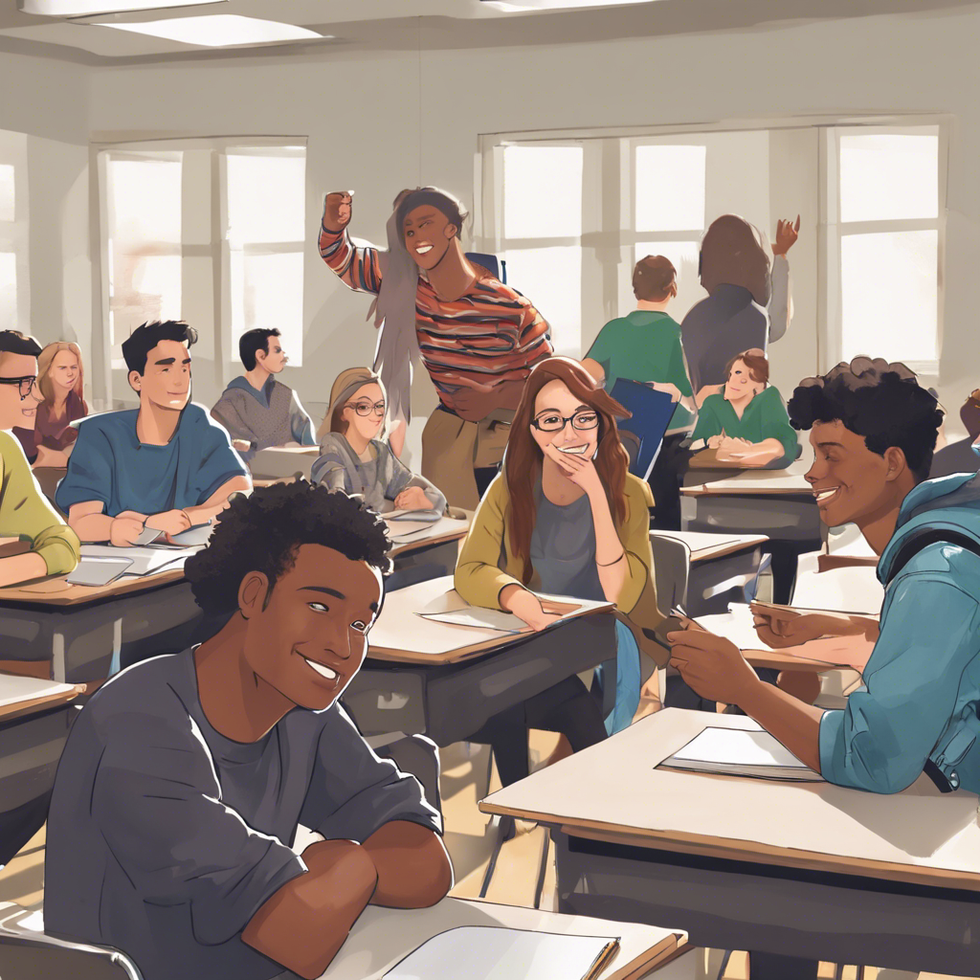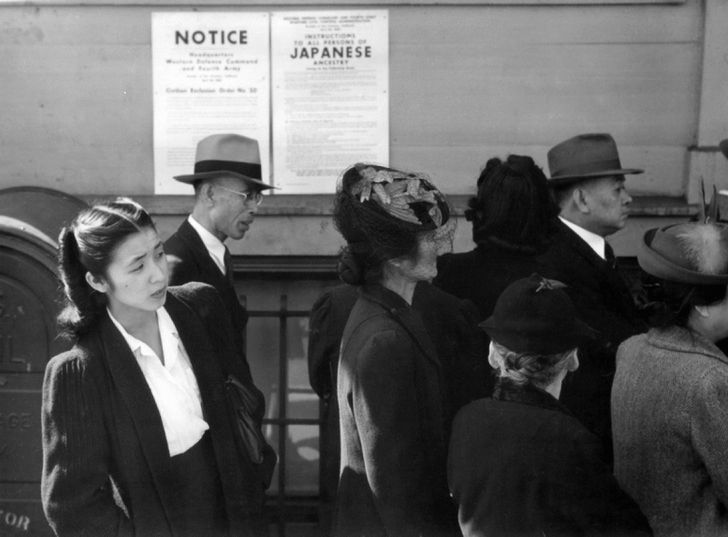How to use a miter saw
When I initially got into my own house, the very first item I purchased was a miter saw. On the flooring of my garage, I renovated the whole house with a Ryobi miter saw. Just on garage flooring, I carved a mile of baseboards and braced the long sections with whatever I would find. I didn't really had a seat or a table on which to place it.
Without a miter saw, it's difficult to get so much work completed in the workplace or even at home. You can't even surpass it for making basic workpiece cuts, and it can also be used to make cuts for photo frames or containers if correctly tuned. Before all this, you need to have aBest Sliding Compound Miter Saw.
The miter saw is an equipment that chops wood into specified lengths by crosscutting it. The miter saw blades cuts parallel to, or even across, the direction of the wood, presuming that it operates in the direction of height of the board. The saw could crosscut hardwood at various angles and moves from point a to point b.
This key feature comes in handy for producing miter connections for photo frames and containers. A 90 ° angle is formed by joining two 45 degree miter cuts. It's a simple technique to connect wood, but it isn't the most durable. Unless the miters are strengthened, you shouldn't utilize this gluing technique for any work which will be subjected to force. Compound miter saws may also be bent to cut bevels. Cutting a beveled into a level board is just the same as simply cutting a miter with the boards on its edge. A "compound" incision is one that includes both a bevel and a miter.
How does it work
The pressure on the miter saw blade is maintained by a spring. The elasticity caused by spring restores the blade to its upright posture when you drop it to create a cut. This is a 10 inches miter saw. This relates to the blades size, although there are also 12 inches as well as 7 1/4 inches saws available. A 12 inches miter saw can cut stronger stock than just a 10 inches miter saw, while a 7 1/4 inches saw might cut stronger stock compared to 10 inches saw.
The sawdust from the blade is designed to be funneled down a chute then collected in a container. Most miter saws, however, are terrible at collecting dust. The majority of the dust settles beneath and below the chute.
Extensions provide stability for larger workpiece surface and may feature flip-up brakes for repetitive cuts. The bolt that holds the tabletop in position is the handles. The table wiggles backward and forward at the desired angle, as specified on the tapes, and is locked in place by the handle. Sliding miter saws include a mechanism that allows the cutting top to be extended for more capacity. The rails on this saw enable it to cut far broader boards.
Safety
Most miter saws include a stock frame that is insufficient for sawing smaller components. Attempting to cut this component without supporting will result in significant backlash. Do not try this operation without a fence sacrificial with no clearance.
The rear edge of the metal fence on the saw contains holes for screws to hold a sacrificial barrier or fence. With this barrier and a pushing stick, smaller parts may be sliced more safely. Make absolutely sure that hands are not placed anywhere around the blade as it moves. Maintain consistent pressure on the item to prevent it from turning just after cut and becoming stuck inside the blade or thrown.
When cutting, never crisscross or fold your arms, that is, never grip the right part of a material surface with the left hand. Arms and hands must never contact the blade which is inserted in the center. Put the left hand on left side of an object, at decent good distance from the blades, and provide enough force to maintain it tight against the barrier and on the bench.





 people sitting on chair in front of computer
people sitting on chair in front of computer



 all stars lol GIF by Lifetime
all stars lol GIF by Lifetime two women talking while looking at laptop computerPhoto by
two women talking while looking at laptop computerPhoto by  shallow focus photography of two boys doing wacky facesPhoto by
shallow focus photography of two boys doing wacky facesPhoto by  happy birthday balloons with happy birthday textPhoto by
happy birthday balloons with happy birthday textPhoto by  itty-bitty living space." | The Genie shows Aladdin how… | Flickr
itty-bitty living space." | The Genie shows Aladdin how… | Flickr shallow focus photography of dog and catPhoto by
shallow focus photography of dog and catPhoto by  yellow Volkswagen van on roadPhoto by
yellow Volkswagen van on roadPhoto by  orange i have a crush on you neon light signagePhoto by
orange i have a crush on you neon light signagePhoto by  5 Tattoos Artist That Will Make You Want A Tattoo
5 Tattoos Artist That Will Make You Want A Tattoo woman biting pencil while sitting on chair in front of computer during daytimePhoto by
woman biting pencil while sitting on chair in front of computer during daytimePhoto by  a scrabbled wooden block spelling the word prizePhoto by
a scrabbled wooden block spelling the word prizePhoto by 
 StableDiffusion
StableDiffusion
 StableDiffusion
StableDiffusion
 StableDiffusion
StableDiffusion

 women sitting on rock near body of waterPhoto by
women sitting on rock near body of waterPhoto by 
 Photo by
Photo by  Photo by
Photo by  Photo by
Photo by  Photo by
Photo by  Photo by
Photo by  Photo by
Photo by  Photo by
Photo by  Photo by
Photo by  Photo by
Photo by  Photo by
Photo by 




